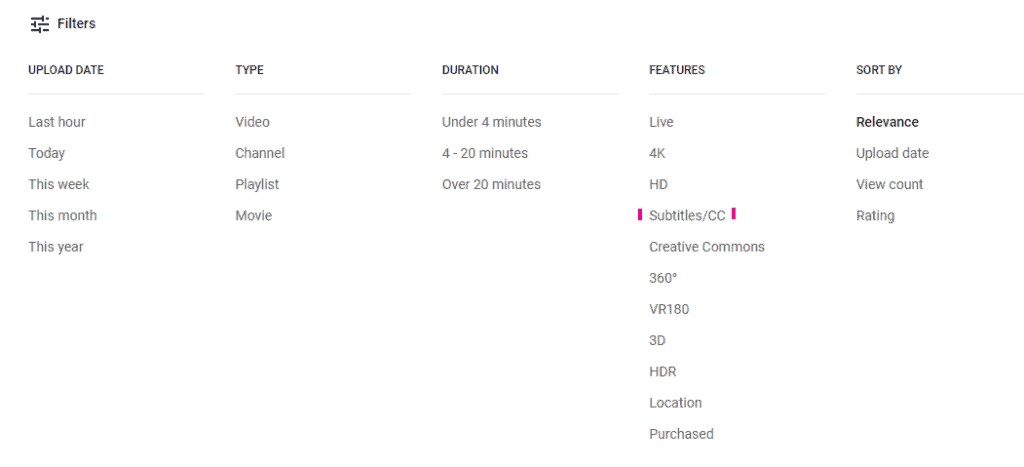As language learners of the 21st Century, one of our most visible advantages is the ease of access to Natural Language Input. In the past, the possibility of having real language models at our disposal sounded like a privilege. But Internet has changed the rules.
And YouTube is definitely an incredible source of authentic resources.
Not long ago I posted an article comparing oral and written resources. I mentioned that using oral resources which provide an accurate transcription are ideal.
Today I’d like to show you exactly how to customize your YouTube experience. Trust me when I say that YT videos can be your best allies.
Ready? Let’s move on
Create an immersion account!
It’s a good idea to feed the algorythm only Spanish related topics, and the best way to do this is by creating a separate profile for your Spanish learning. By doing this, you’ll have your personal account and your Spanish Input account on YouTube.
Doing it is not difficult at all. Check this step by step guide.
From now on, make sure to subscribe channels relevant to your Spanish learning! You can find many in my resources section of this website.
How to search for YT videos with accurate transcripts?
OK, now that you have a separate second channel we are ready to dig for gold.
First, you need to search for a topic of your interest. It’s always best to run the search in your target language, so in case you don’t know some words, look them up on an online dictionary.
When you run a search on YT, you’ll see the results for your query listed out.
This is what typically happens, but this time you’re not going to choose from those videos.
Instead, you’ll click on FILTERS and the following dropdown menu will open:

Under FEATURES, you’re going to click over Subtitles/CC and YouTube will then automatically run the search again.
Now you can pick from that new search.
By doing this, you avoid autogenerated subtitles —your worst enemy.
How to check if the transcript is OK?
Be patient, though, as even videos with transcripts can be deceiving! Check the first minute following the transcript to see if a)punctuation, b) quotation marks and c) capitalization have been correctly used.
If not, go back and pick a different one.
Use transcripts to visualize chunks
You can also use transcripts to visualize chunks.
Some time ago I wrote a comprehensive article on the Argentinian Accent in which I broke down the elements of accent. What may look like a stand-alone word in writing is normally linked to the previous or following words when we speak. What better plan than tabulating through the transcript creating chunks?
This will allow you to see what you hear, like in a karaoke! Take a look at this example:

Learning to do this might take some time, but it’s a very valuable skill.
I expect that your YouTube experience will benefit from this guidance.
Stay well and happy Spanish learning,
You might also want to read these articles:
- Español RioplatenseHablemos de las cosas que hacen del español rioplatense un dialecto tan distinto.
- On Huevos and PelotasRich metaphors await to those who dare to read this post.
- False expectations are deadlyIn language learning, false expectations can do real damage. Here’s why patience and perseverance win the race.
- Argentinian Spanish vs Mexican SpanishIn the past, I compared Argentinian Spanish to Peninsular Spanish and Uruguayan Spanish. Here’s the long due AR / MX comparison.
- Cognates and False FriendsLearn about cognates and false cognates so they don’t surprise further down in your Spanish learning journey.
- CancherearDive into the nuances of the word ‘canchero’ and how ‘cancherear’ can make or break a moment.
